YouTube's Content ID system, designed to protect copyright holders from unauthorized use of their material, has come under intense scrutiny following revelations about its high false claim rate. A recent study suggests the automated copyright enforcement tool incorrectly flags legitimate content as infringing in approximately 18% of cases, sparking outrage among creators and digital rights advocates.
The Content ID system represents YouTube's billion-dollar solution to the complex problem of copyright management at scale. Using sophisticated audio and visual fingerprinting technology, it scans over 500 years worth of video content uploaded daily, comparing new uploads against a database of copyrighted material provided by rights holders. When matches occur, the system automatically applies predetermined policies - whether that's blocking the video, monetizing it for the copyright holder, or simply tracking viewership statistics.
What makes the 18% false claim rate particularly alarming is the sheer volume of YouTube's uploads. With over 500 hours of video uploaded every minute, even this relatively small percentage translates to hundreds of thousands of mistaken claims each day. For affected creators, these false positives can mean demonetized videos, lost revenue streams, and in some cases, channel strikes that threaten their entire presence on the platform.
The consequences extend beyond individual creators. Educational channels frequently find their lectures flagged for containing brief musical interludes or background music they have rights to use. Gaming channels report claims over in-game music they're legally allowed to include under fair use provisions. Even original compositions sometimes trigger false matches when the system erroneously identifies similarities to other works.
YouTube maintains that Content ID represents an industry-leading solution to an extraordinarily complex problem. "No system of this scale operating at this speed can achieve perfect accuracy," stated a YouTube spokesperson in response to the criticism. The company points out that their dispute resolution process allows creators to challenge incorrect claims, with human review available for escalated cases.
However, many creators describe the appeals process as slow, opaque, and stacked in favor of large copyright holders. The burden of proof typically falls on the uploader to demonstrate their legal right to use the material, requiring documentation many independent creators struggle to provide. During the appeals process, which can take weeks, videos often remain demonetized or blocked entirely.
Legal experts note that the current system creates a perverse incentive structure. Because Content ID allows copyright holders to monetize claimed videos regardless of the claim's validity, some entities appear to be abusing the system. There are documented cases of companies filing broad, speculative claims on content they don't own, collecting revenue until creators successfully dispute them.
The false claim problem has become particularly acute in certain content categories. Music reaction videos, for instance, frequently trigger automatic claims even when showing transformative commentary that would likely qualify as fair use. Creators making such content report spending more time fighting false claims than actually producing videos.
YouTube's handling of public domain material has also drawn criticism. The platform's algorithms sometimes fail to recognize when copyrighted material has entered the public domain, allowing entities to claim works they no longer hold rights to. This has affected classical music performances, historical footage, and other culturally significant material.
Some creators have developed elaborate workarounds to avoid Content ID's automated detection. These include pitch-shifting audio tracks, adding visual distortions, or editing content in ways that degrade quality but evade fingerprint matching. Such measures highlight how the system's imperfections are actively shaping creative output on the platform.
Digital rights organizations argue that YouTube's approach to copyright enforcement disproportionately favors large media companies over individual creators. "When an 18% error rate affects millions of decisions, you're looking at systemic suppression of legitimate expression," said a representative from the Electronic Frontier Foundation. They've called for greater transparency in Content ID's operations and more meaningful penalties for those who abuse the claim system.
The controversy comes at a sensitive time for YouTube, which faces increasing competition from alternative platforms promising creator-friendly policies. Some prominent YouTubers have begun diversifying their presence across multiple platforms, citing Content ID frustrations as a primary motivation.
Potential solutions to the false claim problem remain hotly debated. Some advocate for stricter requirements before entities can monetize claimed content. Others suggest YouTube should bear more financial responsibility for mistaken claims, compensating creators for lost revenue during disputes. There are also calls to exempt certain categories like educational content from automated enforcement altogether.
As the debate continues, what's clear is that Content ID's high false positive rate has created significant collateral damage. For a platform built on user-generated content, the strain between copyright protection and creative freedom appears to be reaching a breaking point. How YouTube addresses these concerns may well determine whether it remains the dominant force in online video or creates space for more balanced alternatives to flourish.
The Content ID controversy ultimately reflects broader tensions in the digital age - between automation and human judgment, between protection and permissionless innovation, between corporate interests and individual expression. With billions of dollars and millions of livelihoods at stake, the resolution of this conflict will shape online video for years to come.

By Ryan Martin/Apr 14, 2025
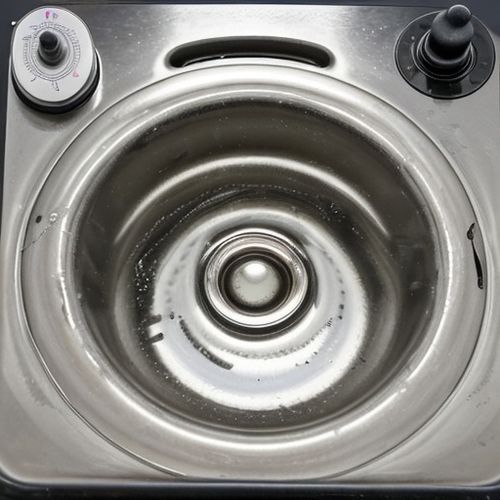
By Daniel Scott/Apr 14, 2025

By Megan Clark/Apr 14, 2025

By Noah Bell/Apr 14, 2025

By George Bailey/Apr 14, 2025
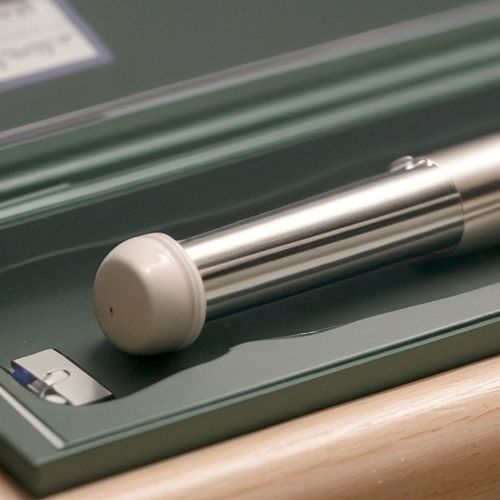
By Laura Wilson/Apr 14, 2025

By Ryan Martin/Apr 14, 2025

By Grace Cox/Apr 14, 2025

By Amanda Phillips/Apr 14, 2025

By Joshua Howard/Apr 14, 2025

By Emily Johnson/Apr 14, 2025
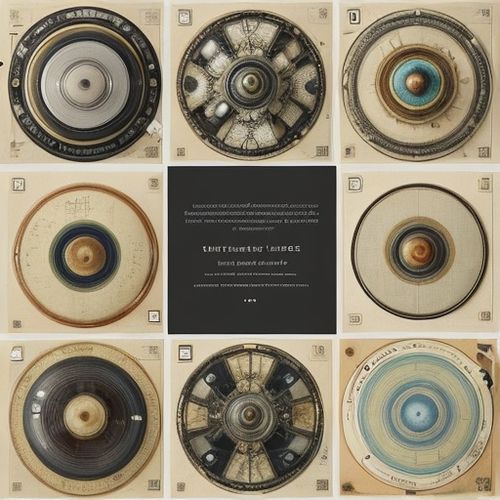
By Michael Brown/Apr 14, 2025

By Benjamin Evans/Apr 14, 2025

By Megan Clark/Apr 14, 2025
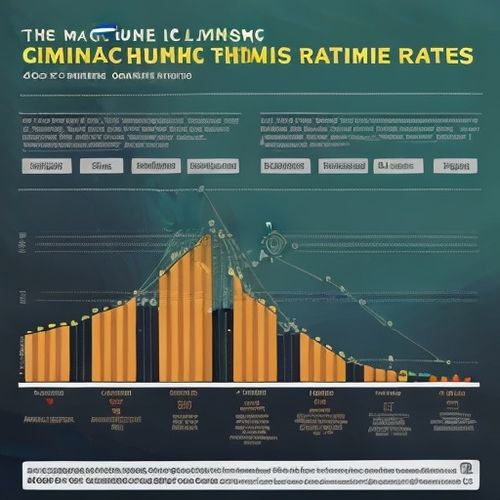
By Lily Simpson/Apr 14, 2025
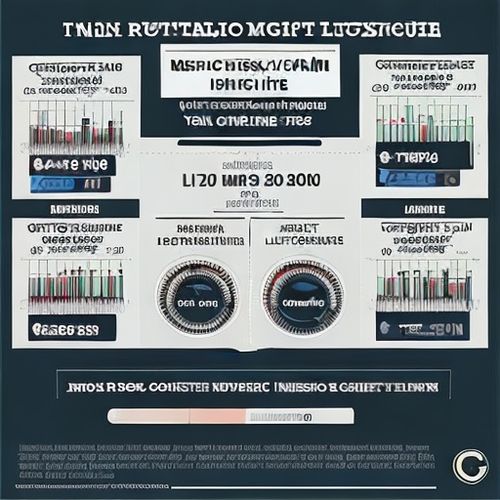
By Samuel Cooper/Apr 14, 2025

By Olivia Reed/Apr 14, 2025
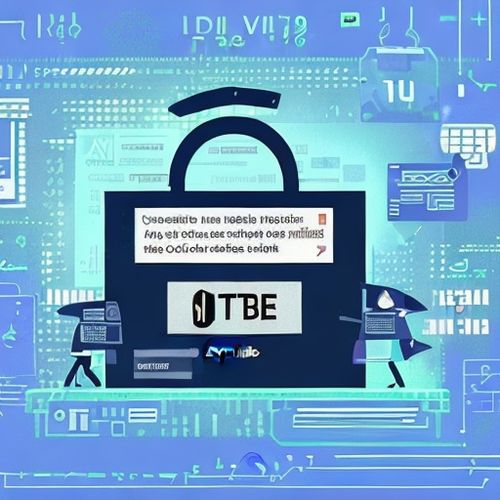
By Christopher Harris/Apr 14, 2025

By Megan Clark/Apr 14, 2025

By Emma Thompson/Apr 14, 2025